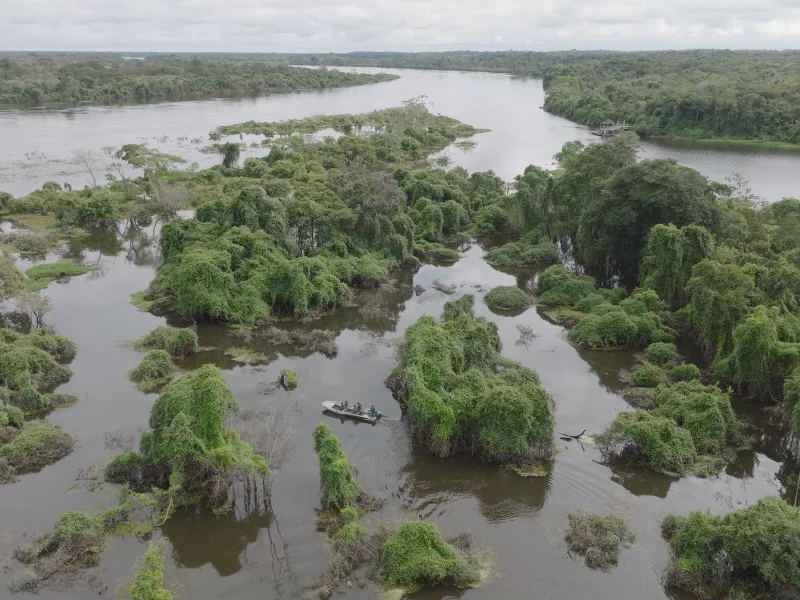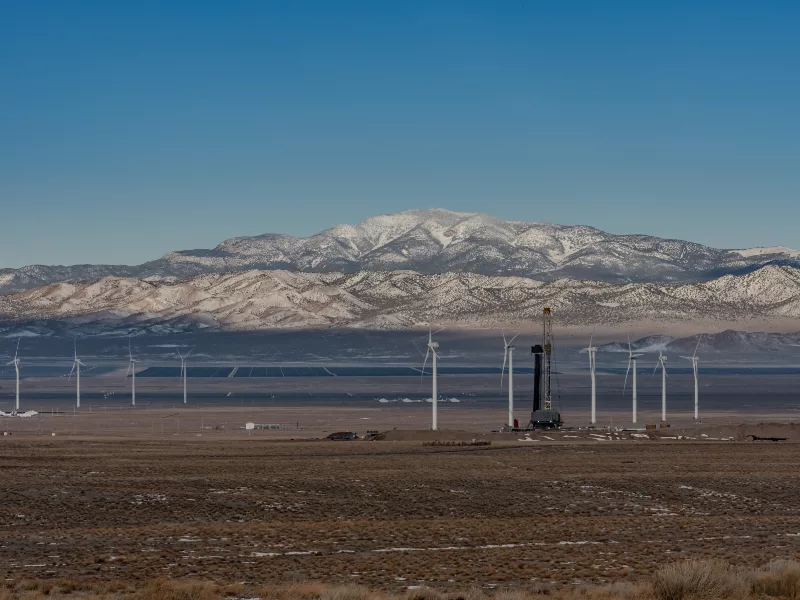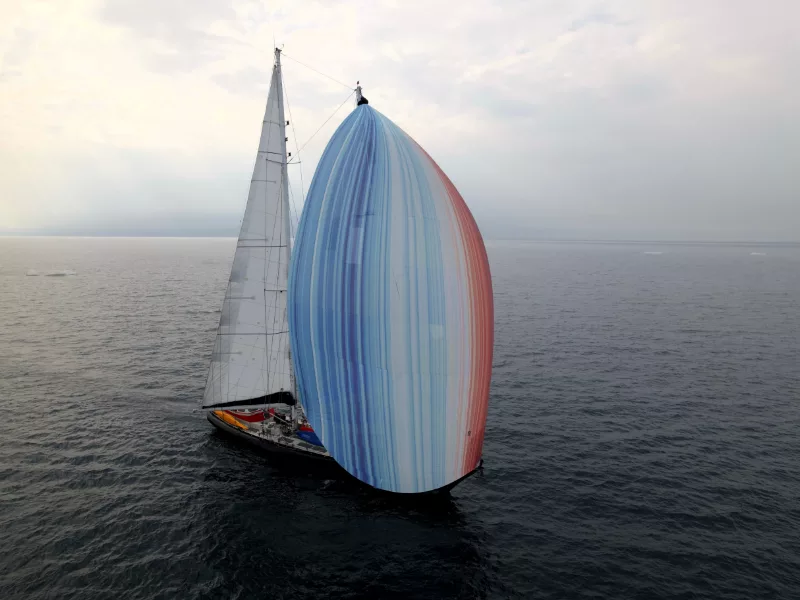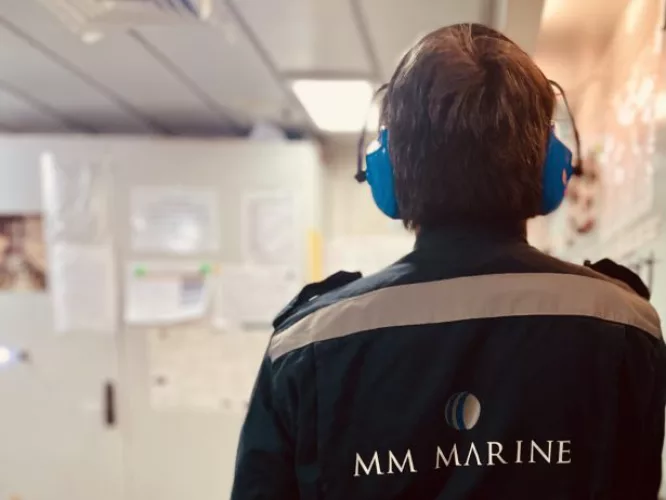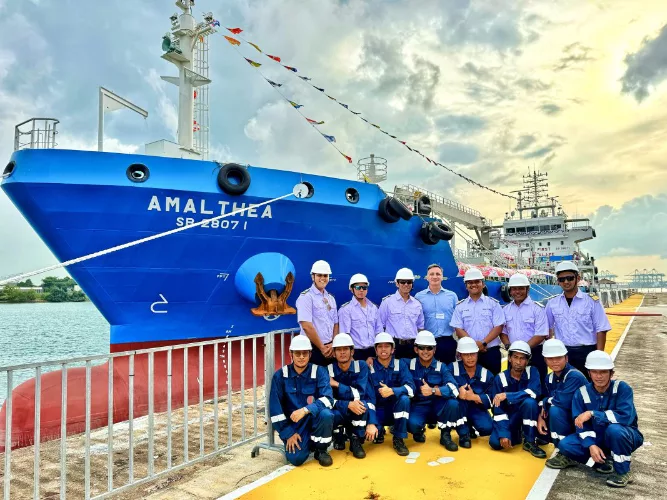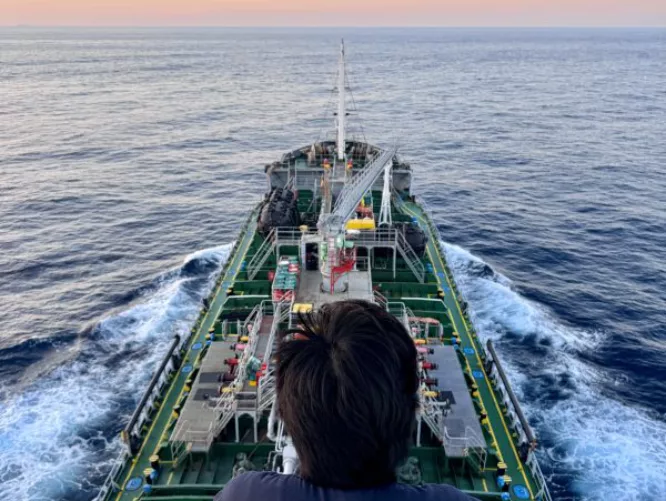Partner Profile
CWP
CWP was founded in 2006 to deliver renewable energy across Southeast Europe which contains some of the region’s most carbon and energy intensive energy markets.
Location
Southeast Europe & Australia
Category
Renewable Energy
In October of 2021, CWP, the leading independent renewable energy developer in Southeast Europe and Australia, and Mercuria Energy Trading have joined forces to complete development and build out CWP ‘s renewable energy portfolio in Southeast Europe. CWP’s project portfolio has been in active development since 2018 and consists of more than 2 gigawatts (GW) of large-scale wind, solar, and battery storage projects across Bulgaria, Serbia, Romania and Ukraine.
Mercuria’s investment in CWP Europe will support its efforts to accelerate decarbonisation in the four carbon-intensive countries. This partnership profile provides further insights into this remarkable company.
Why a partnership between CWP and Mercuria?
CWP was founded in 2006 to deliver renewable energy across Southeast Europe and developed the largest onshore windfarm in Europe (the 600 MW Fantanele-Cogealac project in Romania), as well as the largest wind farm in Serbia (the 158 MW Cibuk wind farm). As such, CWP is the leading renewable energy developer active in Southeast Europe.
Bulgaria, Serbia, Romania, and Ukraine are Europe’s most carbon-intensive energy markets, with coal still dominating the energy mix. These countries also have some of Europe’s most polluted air, and some of the highest rates of premature deaths caused by air pollution in the developed world. They are also the most energy intensive countries in Europe and likely to suffer even further financially from carbon taxation due to their overreliance on coal-fired generation, which needs to be phased out as soon as possible.
CWP is currently developing over 2 GW of utility-scale wind, solar and battery storage projects in Bulgaria, Serbia, Romania, and Ukraine. Their decarbonization is an urgent priority and will require tens of thousands of megawatts of wind and solar energy.
In 2021, CWP entered into a joint venture with Mercuria Energy Trading. The purpose of the partnership is to complete CWP’s portfolio in the region, combining Mercuria’s energy trading expertise and financial strength with CWP’s in-depth renewable energy expertise and local experience. Upon completion, the 2 GW project pipeline stands to abate CO2 emissions by 5 million tons each year, which is the equivalent of removing over 1 million cars from the roads of Southeast Europe.
How is CWP accelerating the energy transition?
In 2013, CWP entered the Australian renewables market and built the largest wind farm in New South Wales, among others, and pioneered new business models such as corporate PPAs and non-recourse financing based on value-enhancing semi-merchant offtake strategies. The know-how and the references that CWP gained through its experience in Australia are increasingly valuable for its European activities. CWP has created complex structures that combined virtual/synthetic PPAs and sleeved arrangements with supplier origin merchandising of total RE through long term PPAs.
Moreover, the Australian model is 100% compatible with the market design in Romania, Bulgaria, and Serbia and CWP believes it can utilize the positive practice of Australian projects. CWP can implement the same commercial strategy for its European activities and establish similar relationships with local C&I and suppliers. The aim is to lead the energy transition in Southeast Europe with the development of utility-scale, subsidy-free renewables. This transition is achieved by increasing the share of
renewables in the energy mix, thus also increasing energy independence, and lowering greenhouse gas emissions.
In 2018, CWP Renewables developed a unique community co-investment scheme in Australia that enabled the sharing of financial benefits from the Sapphire Wind Farm with community members. It further supported this community through dedicated funds targeted at education, community development programs, health and wellbeing, and environmental initiatives. CWP intends to implement the best practices established by their sister company in Australia in its future renewable projects.
How is CWP engaging its stakeholders?
CWP’s mission is to improve the environment for current and future generations by leading the transition to renewable energy. This requires taking great care that this transition is made in a sustainable manner and that projects contribute in a positive way to the communities in which they are built and to broader environmental protection, in addition to the carbon reduction and abatement they will generate.
Care for people and planet means that a company should be responsible, active, and value-adding members of their communities. It also means striving not just to reducing environmental and social footprints, but having a transformative broader impact on the regions where a company operates. Mission driven companies like CWP perceive their wider role as leaders of change and pioneers.
For example, CWP speaks with local, regional, and national governments on how to support them in achieving their sustainability goals and educating them on why the energy transition will help them financially, socially and in terms of public health through a series of talks and conferences under the umbrella “Vision 2030.” CWP also developed a series of ecological initiatives promoting the importance of being good stewards of nature.
Such initiatives are local communities with the purpose of bringing children and families closer to nature through field trips, outdoor activities, organized hikes and other events that help people reconnect with the natural world around them. Similar efforts are made to spread awareness of sustainable lifestyles and practices at universities and in local communities through lectures, workshops, education at primary schools on topics such as biodiversity and land and water conversation.
CWP’s approach to CSR in Europe has been mainly focused on community capacity building – predominantly through education and youth empowerment. They believe that investing in a sustainable future inherently includes investing in the education of youth who will lead the way towards sustainable economic, legal, social, and cultural development of their communities. A part of each project budget is earmarked to go to local community initiatives and supporting activities, services and infrastructure development. On a broader scale, beyond the scope of specific projects, CWP supports talented youth through partnerships with trusted NGOs and our own programs.
In 2020, CWP joined the UN Race to Zero campaign and committed to achieving net-zero greenhouse gas emissions by 2040, ten years ahead of the timeline foreseen in the Paris Agreement.
How does CWP engage its employees around its mission?
A famous quote by Alexander Den Heijer: “When a flower doesn’t bloom, you fix the environment in which it grows, not the flower,“ captures the philosophy of CWP in this regard.
For example, CWP invests in the education of their employees in matters of sustainability. They have organized an in-person lecture and discussion for their entire global team on topics related to climate change. They have also scheduled “Hike and Clean” trips for their Belgrade and Sofia offices for spring of 2022.
The company also dedicates a great amount of their time and energy to ensuring that their working environment is such that people can bloom, ie. develop their skills and talents and realize their potential. In practice, this means allowing space for experimentation, promoting autonomous decision-making, embracing failures as points of learning, and ensuring that each person in the company has a clear channel of communication and access to every team members, including the Board of Directors.
To bring this culture on a higher scale, CWP recently started its Growing Together Initiative – a knowledge-sharing program for exchanging unique skills, knowledge and talents within their global team. Any person can step up and share their knowledge and interest via a webinar of experiential workshops. One very successful webinar on the Foundations of Financial Analysis was organized their Financial Analysis Department and covered the basic concepts in a very intuitive and clear way. One team member organized an “Intuitive Painting” workshop. The idea of this workshop was to practice the art of spontaneous self-expression through painting, with the final aim of nurturing creativity. Creative problem solving is essential for the energy transition and is often stimulated from other areas of life and work.
The idea behind the larger initiative was not only to share knowledge and interests, but to further promote a culture of mutual support; to inspire one another and to provoke new thoughts and ideas. It was also about empowerment and reminding themselves how much value is brought into a community when people step up and share things that they are skilled at or passionate about. For CWP, the goal is to have everyone understand how they are all interconnected in their mission to make this world greener and a better place to be.
CWP is currently in the process of developing its CSR and ESG strategies for the next five years. Its primary focus will remain on community capacity building and youth empowerment, as well as developing environmental initiatives.
2024 PARTNER PROFILES
Silvania
Fervo Energy
Ocean Science Expedition
Geonoma
Reporting areas
Governance
Planet
People
Prosperity


